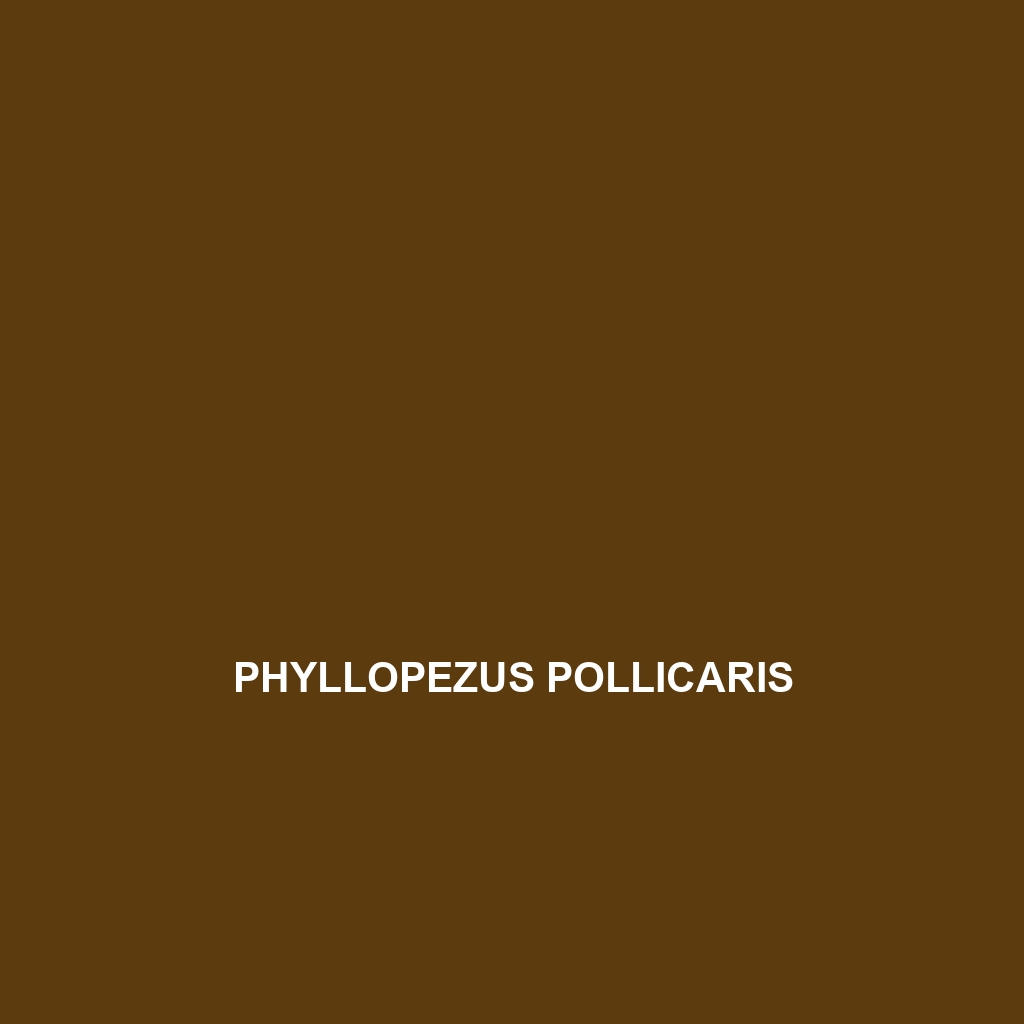Discover the <b>Phyllopezus pollicaris</b>, or <i>Paul's leaf-toed gecko</i>, a striking insectivorous reptile found in the tropical rainforests and savannas of Central and South America, known for its unique flattened body and excellent camouflage. This nocturnal gecko plays a vital role in maintaining insect populations while showcasing fascinating mating rituals and the ability to regenerate its tail.
Tag: bioindicators
Oligosoma nigriplantare
The <b>Oligosoma nigriplantare</b>, or black-footed skink, is a diurnal, insectivorous lizard found in New Zealand's temperate forests and grasslands, known for its sleek body, distinctive black feet, and ability to regenerate its tail when threatened. This resilient species plays a crucial role in the ecosystem by controlling insect populations and serving as prey for larger predators.
Liolaemus scrocchii
<p><b>Liolaemus scrocchii</b> is a striking lizard native to the temperate forests and savannas of South America, known for its remarkable adaptability, vibrant coloration, and viviparous reproduction. This diurnal insectivore plays a crucial role in its ecosystem, controlling insect populations and serving as a vital part of the food web.</p>
Liolaemus leftrarui
<p><b>Liolaemus leftrarui</b> is a vulnerable lizard species native to the temperate forests of southern South America, recognized for its unique coloration and diurnal behavior. Thriving in montane grasslands, it plays a vital ecological role as both predator and prey, primarily feeding on insects while exhibiting fascinating social structures and reproductive traits.</p>
Hemidactylus echinus
<p>The <b>Hemidactylus echinus</b>, known as the spiny-tailed gecko, is a medium-sized lizard native to eastern and southern Africa, characterized by its distinct spiny tail, vibrant coloration, and nocturnal habits. As insectivores, they play a vital role in their ecosystems by regulating insect populations and serving as prey for larger predators.</p>
Epictia vanwallachi
Discover the fascinating Epictia vanwallachi, a slender, nocturnal reptile thriving in tropical rainforests and savannas of Central America. Known for its unique camouflage, this insectivorous species plays a vital role in its ecosystem by controlling insect populations and serving as both predator and prey.
Emydocephalus orarius
<p><b>Emydocephalus orarius</b>, commonly known as the Pacific Sea Snake, is a slender, venomous snake found in warm coastal marine environments, particularly around coral reefs, feeding primarily on small fish and crustaceans. They possess a unique coloration that provides camouflage and exhibit remarkable adaptations, including the ability to hold their breath for extended periods and excrete excess salt, making them essential predators in their ecosystem.</p>
Emoia irianensis
Discover the Emoia irianensis, commonly known as the Irian skink, a vibrant insectivorous reptile native to the rainforests of New Guinea, featuring smooth, iridescent scales, large eyes for nocturnal vision, and remarkable adaptability to various habitats. This fascinating skink plays a vital ecological role by controlling insect populations and serves as an important bioindicator of environmental health.
Ceratophora karu
Discover the Ceratophora karu, an endangered species found in the rainforests of Sri Lanka's central highlands, known for its vibrant colors, unique casque, and arboreal behavior. This fascinating reptile plays a crucial role in its ecosystem by controlling insect populations and adapting to its lush environment.
Anolis paternus
<p>The <i>Anolis paternus</i>, commonly found in the humid tropical forests of Central America, is a vibrant green lizard known for its territorial behavior and distinctive dewlap. This arboreal species plays a crucial role in controlling insect populations and serves as an important bioindicator of ecosystem health.</p>









